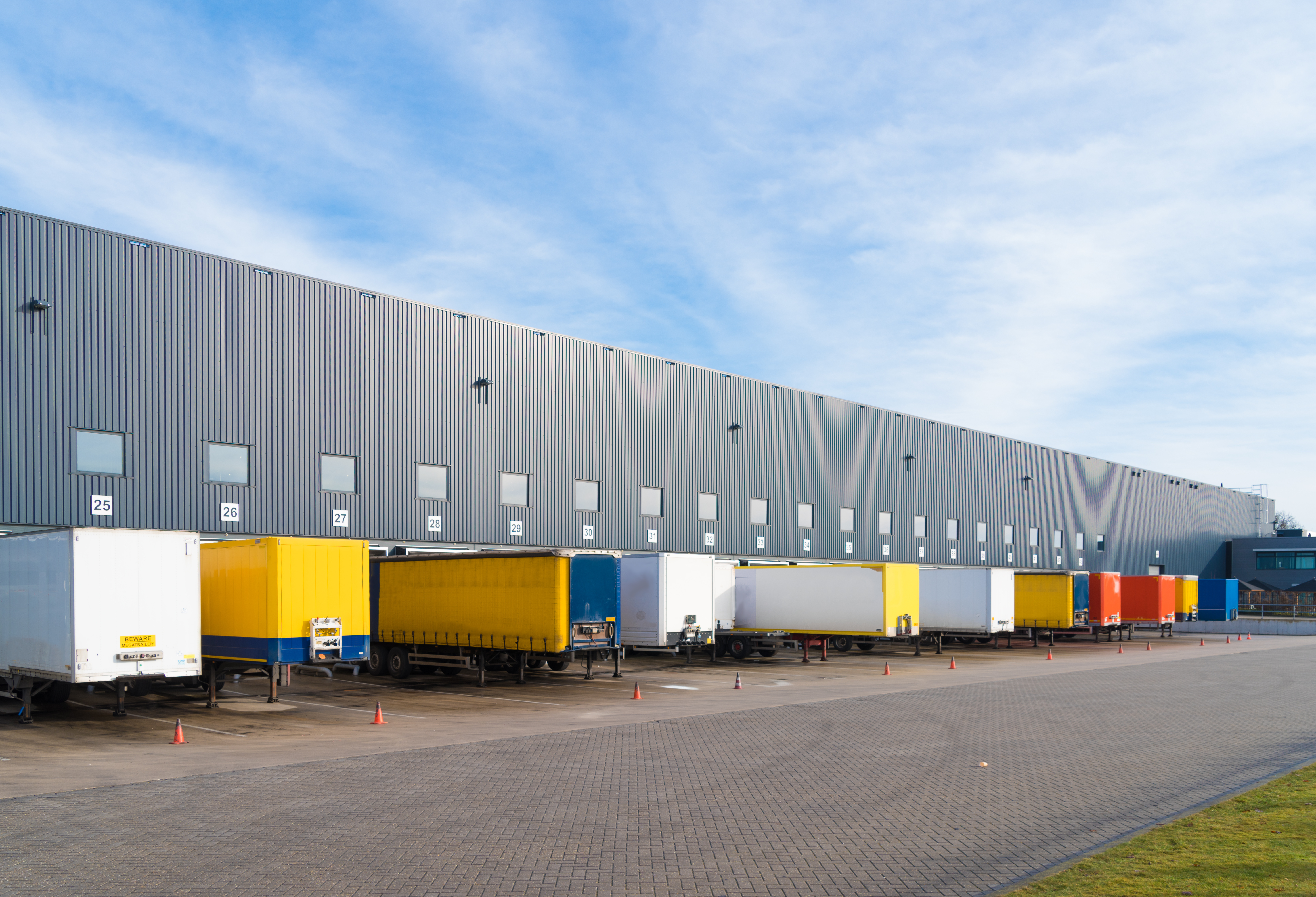Untangling the Logistics Knot of Effective Yard Management
Imagine trying to untangle a giant knot made of numerous ropes, each representing a different aspect of logistics. Yard and warehouse management can sometimes feel like this, and if the knot isn't untangled efficiently, it can result in significant detention fees that can negatively impact the bottom line of businesses. In today's fast-paced logistics industry, managing warehouses and yard operations efficiently is more important than ever.
So how do detention fees arise from inefficient yard and warehouse management? What are the potential costs associated with these fees? And how can we in the logistics space implement solutions so businesses may untangle the knot and keep operations straight?
How and Why Detention Fees Occur: The Tangled Cost of Inefficient Management and Poor Communication
Detention fees are charges incurred by shippers and carriers when there are delays in loading or unloading cargo. These fees are typically levied by carriers when the time taken for loading or unloading at the warehouse or yard exceeds a predetermined threshold, known as the "free time." Just like the knot we mentioned earlier, detention fees are the result of tangled logistics processes. They can be costly for warehouses and can lead to strained relationships between shippers, carriers, and consignees.
As John Paul Hampstead, Director of Passport Research at FreightWaves, stated: "Detention is a major issue for carriers and shippers alike; it reduces the productivity of drivers and assets, creates scheduling problems, and exacerbates the capacity crunch" (FreightWaves, 2018).
How Much Can Detention Fees Cost a Business?
While the rates can vary between the contracts associated with the carriers and warehouses, typically the cost averages between $50-100 for each hour beyond the free time. Furthermore, many third-party logistics (3PL) warehouses commonly record paying fines for three to four hours of wait time to carriers that cannot offload their delivery due to the congestion in the yard. While there are many instances where the wait time is significantly longer, this is one of the most common wait times.
To better understand the potential costs of detention fees, let's consider an example of a small warehouse facility with five trucks arriving daily for loading or unloading. If each truck experiences an average delay of JUST ONE hour beyond the free time, and the carrier charges a detention fee of $75 per hour, the daily detention fees would amount to $375. On a monthly basis, assuming 22 working days, the fees would total $8,250, and annually, they would reach $99,000. For larger warehouse operations, these costs can be hundreds of thousands higher.
The main reasons for detention fees can be attributed to poor yard and dock management. Some of the common causes include:
- Inadequate dock scheduling: When there are too many trucks arriving at the warehouse or yard at the same time, delays in loading or unloading are inevitable. This can lead to long waiting times for drivers, which in turn results in detention fees.
- Poor communication: Lack of communication between warehouse staff, carriers, and drivers often leads to misunderstandings, missed appointments, and ultimately, detention fees.
- Inefficient warehouse operations: Slow or disorganized loading and unloading processes can cause significant delays and contribute to detention fees.
The Solution: Efficient Yard and Warehouse Management Practices
While implementing dock scheduling software is one effective way to address the issues related to poor yard and warehouse management, there are other strategies businesses can employ to reduce detention fees:
- Implement dock scheduling software: As mentioned earlier, this software allows for the efficient allocation of time slots for trucks to arrive at the warehouse or yard, ensuring a smooth flow of traffic and minimizing the chances of overlapping appointments, which can lead to delays and detention fees.
- Enhance communication channels: Establishing clear communication protocols between warehouse staff, carriers, and drivers can help prevent misunderstandings and missed appointments. This may include regular meetings, check-ins, and shared platforms for updates and information exchange.
- Optimize warehouse operations: Reviewing and optimizing warehouse processes, such as loading and unloading, can lead to more efficient operations and reduced detention fees. This may involve investing in staff training, upgrading equipment, or reorganizing the warehouse layout.
- Monitor performance and adjust accordingly: Regularly reviewing performance metrics and making data-driven decisions can help identify areas for improvement and ensure continuous optimization of yard and warehouse management processes.
Conclusion
Detention fees, which arise due to inefficient dock and yard management, can have a significant impact on the profitability of warehouses in the logistics industry. By adopting good dock scheduling software and implementing effective yard and warehouse management practices, the logistics knot might be able to untangle for your warehouse too. Furthermore, businesses can reduce detention fees and enhance overall efficiency. Investing in these improvements is a strategic move for any business looking to minimize costly delays and improve their bottom line.
For more tips on warehouse operations and logistics, subscribe to our blog!
-
You’ll read about:
Be the first to know
Subscribe to our newsletter





